Written by Daniel Christensen, Karthik Narayana, and Mumtaz Gababa In Partnership with Quantum Computing at Berkeley
This chapter focuses on Quantum sensing and Metrology. Quantum sensing is the use of quantum systems to make atomic-scale measurements. Quantum sensing relates to Quantum Metrology which seeks to create highly sensitive and high-resolution measurements of physical conditions using quantum theory.
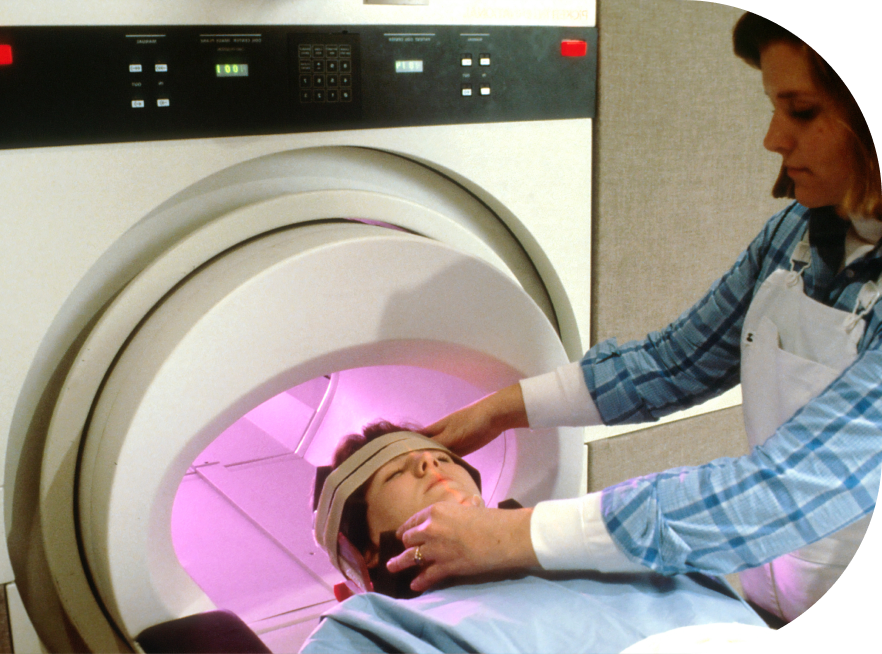
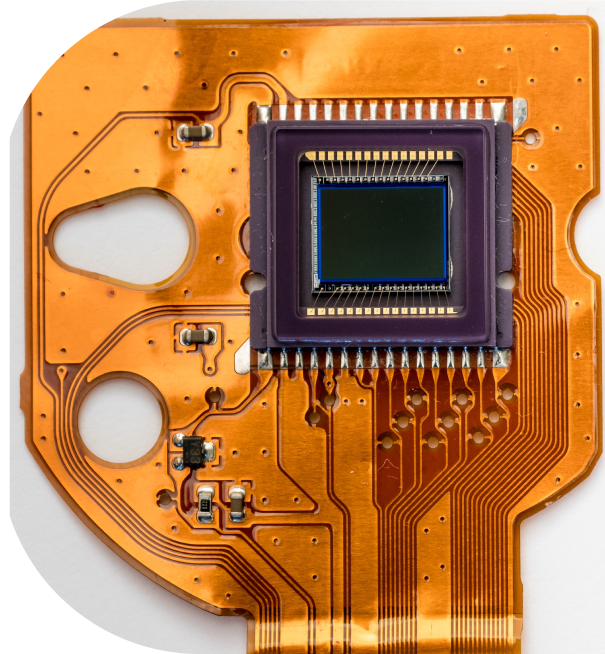
SECTION 1
Quantum sensing and metrology have become very useful in scientific research due to the advances made in technology within the 21st century. One field that greatly benefits from the advancements of quantum sensing and metrology is the biomedical field. The biomedical field is an interdisciplinary field that studies disciplines such as biology and chemistry to discover and solve problems in the healthcare field. In the Biomedical field, many problems require the application of state-of-the-art technology such as nanowire array-based cameras/sensors, MRIs with the use of SQUID, superconducting quantum sensors, and bioluminescence imaging to research problems on an atomic scale requiring the utmost sensitivity in the technology.
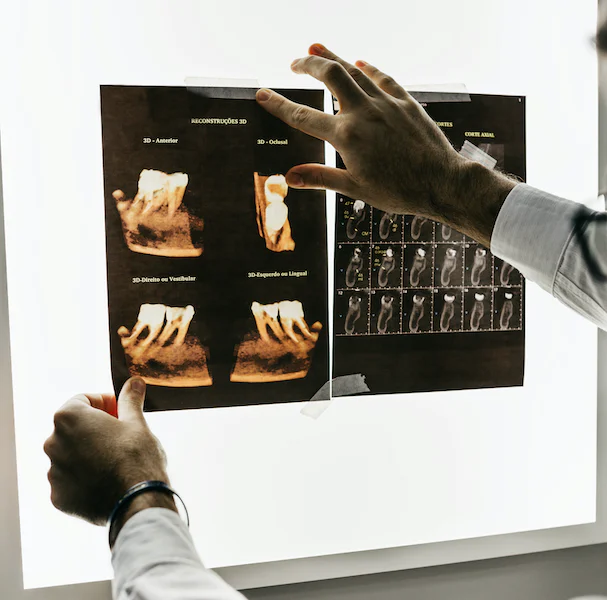
SECTION 2
Nanowire array-based sensors with quantum efficiency make use of nanomaterials to gain high precision. Sensors that are nanowire array-based consist of nanowires that are made from metals and alloys. These nanowires are also known as quantum wires because the physics of the wires experience quantum mechanical effects. They are very thin with a diameter of less than or about 100 nanometers generally. One nanometer is 1×10-9 (0.000000001) meters. The use of nanowires in sensors allows researchers the ability to gather data to solve problems on an atomic scale for many applications such as drug discovery, cancer treatment, and DNA detection. These fields are currently at the forefront of research within the field. Nanowire array-based cameras (cameras that incorporate nanowire arrays) are made to be highly sensitive to specific stimuli to allow for high-resolution imaging. This high-resolution imaging allows researchers to observe phenomena and research at an atomic scale. The use of nanomaterials to create highly sensitive sensors has had a positive impact on the Biomedical field due to being able to observe phenomena on a quantum scale.
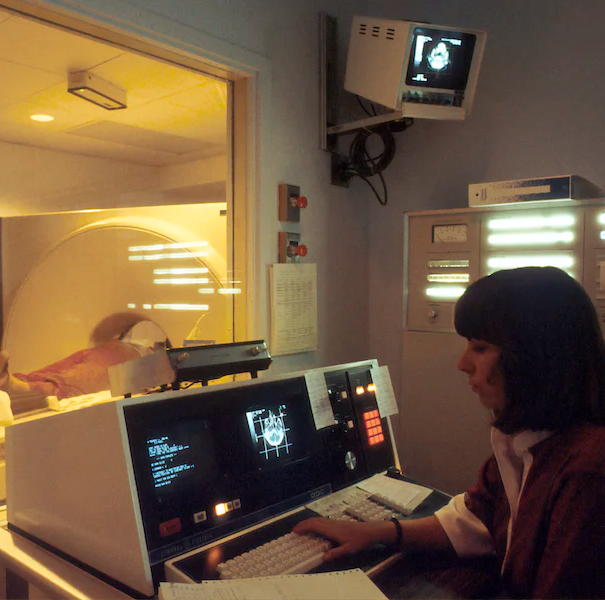
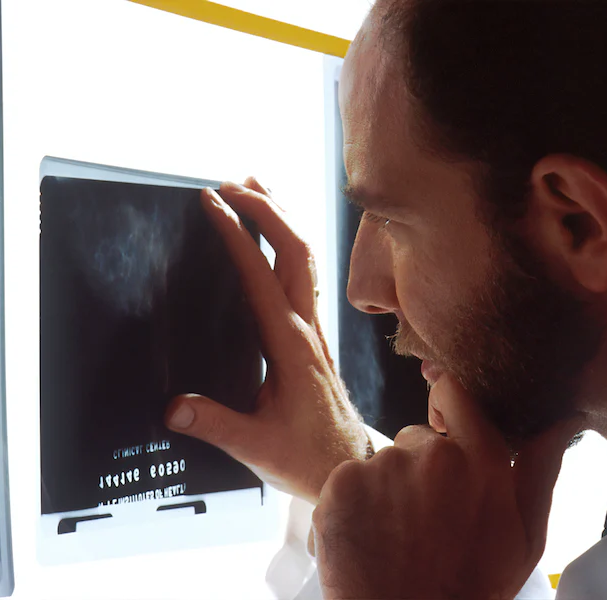
Magnetic Resonance Imaging (MRI) is the use of magnetic fields and radio waves to provide details of body parts with high precision. An MRI makes use of quantum principles such as radio waves. SQUID stands for Superconducting Quantum Interference Device which has been used to advance imaging technology in MRI machines. SQUID is an example of technological development in quantum sensing and metrology. The use of SQUID in the Biomedical field has allowed researchers to gather high-resolution images of the human brain and various other samples. The use of the ultrasensitive detector present in SQUID allows researchers in the biomedical field to map out anatomical features with high resolution and could even be applied to other fields of research outside of the biomedical field.
Superconducting quantum sensors make use of nanomaterials to allow for accurate data to be gathered. SQUID could be considered a superconducting quantum sensor. The use of superconducting quantum sensors has many applications in protein-biophysics which contribute to biomedical research. Protein-biophysics is the use of methods in physics to explain biological facts specifically relating to proteins. Superconducting quantum sensors are used in devices used in fluorescence spectroscopy which is the use of a beam, like ultraviolet light, to excite electrons causing them to emit light. Fluorescence spectroscopy is used in protein biophysics to find information about the structure and function of proteins. Having devices that can reveal information about the proteins down to an atomic level due to having highly sensitive devices with high-resolution images at such a scale contributes tremendously to biomedical research.
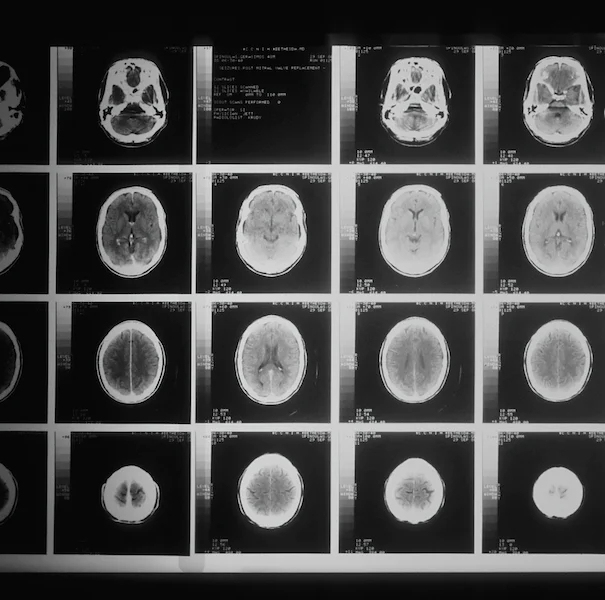
In cancer treatments such as chemotherapy, patients are given doses of drugs based on factors such as body size, age, and body surface. This method does not entirely take into account internal variables within the patient’s body such as metabolism. Bioluminescence imaging (BLI) devices allow observations of ongoing biological processes due to the natural light living organisms emit. BLI devices make use of a visible light camera where the use of superconducting nanowires in the camera allows for higher resolution imaging. These BLI devices allow for the imaging of responses to cancer therapy treatments, cancer metabolism, and much more. Based on the imaging results for a given parameter, a doctor could increase or decrease drug dosage and monitor its effect on the patient. The BLI devices allow researchers to observe cancer and cancer treatment on an atomic scale, which is promising in ongoing cancer research. With more advances in imaging technology with quantum sensing and metrology, drug monitoring for cancer treatment using bioluminescence imaging could become vastly more effective.
The use of nanomaterials to create nanostructures such as nanowires to advance technology that advances observations made at an atomic scale has considerably improved research within the biomedical field. These advancements made with the use of nanowire array-based cameras/sensors, MRIs, superconducting quantum sensors, and bioluminescence imaging are only a few examples of recent and ongoing research in the Biomedical field that makes use of Quantum sensing and Metrology. Soon, this technology might cause breakthroughs in the healthcare field and related fields.
SECTION 3
A quantum computer whose output cannot be read is useless. For superconducting qubits, that’s where quantum technology comes in, in the form of low noise amplifiers for qubit readout. Where typical semiconductor-based amplifiers produce noise that is 10-20 times larger than the qubit signal, quantum-limited amplifiers produce only the minimum noise required by the laws of quantum mechanics. Examples of such detectors that are frequently used (eg. by IBM Quantum) include Josephson Traveling Wave Parametric Amplifiers (JTWPAs) and Josephson Parametric Converters (JPCs) which can deliver amplification gains up to a factor of 100.
Quantum technology also plays an important role in the readout of quantum information in the field of quantum communication. For example, superconducting nanowire single-photon detectors (SNSPDs) are more efficient at detecting photons and produce less noise than their semiconductor-based counterparts. When a photon hits an SNSPD, the nanowires stop superconducting and enter a resistive state.
This property is used to detect when a photon has been absorbed by the detector. These detectors can be designed to be receptive to photons of different wavelengths that match the source being detected. The development of nano-scale quantum devices requires nano-scale analysis tools. The near-field scanning microwave microscope (NSMM) allows for this by probing samples with microwave frequency radiation. Probing solid-state quantum systems such as superconducting circuits without collapsing quantum superposition is challenging because the interactions must necessarily be quantum coherent. One way to achieve this is by using NSMMs that operate at cryogenic temperatures so that the interaction with the quantum system being measured is quantum coherent. NSMMs are typically a combination of an atomic force microscope (AFM), which maps the deflection of a probe due to atomic forces from the sample, with a microwave detector/emitter at the tip. Changes in the phase, amplitude, and frequency of the received microwave signal convey key parameters of the sample such as conductivity, polarization, and dielectric constant.
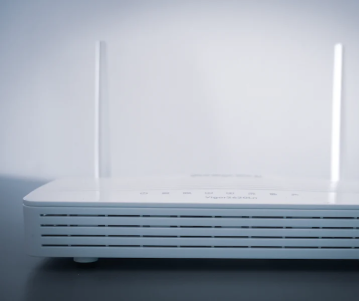



An important challenge in the development of quantum computers is to measure applied power to quantum circuits and calibrate microwave lines, all of which operate at millikelvin temperatures. Room-temperature characterization devices (such as power meters) built using semiconductors do not function well in this regime as their transfer functions change, making them ineffective. Quantum mechanics presents a novel solution to the problem: use a two-level quantum system, and measure the rate of photon absorption by this system. This rate directly depends on the voltage amplitude of the microwave signal we wish to measure, due to the coupling of the electromagnetic radiation with the two-level system. Such a sensor is called an “absolute power quantum sensor” and can be used to study the characteristics of superconducting microwave components. As seen in these examples, quantum technologies present critical solutions to challenges in the quantum communication and computation industry.
SECTION 4
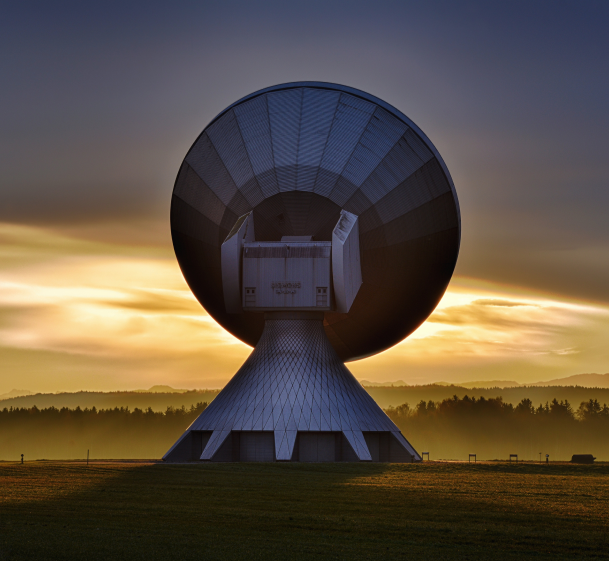
By measuring the state of photons using superconducting qubits in an aluminum cavity, scientists know that these measurements are a result of dark matter interacting with these magnetic fields rather than experimental noise due to the sensitive nature of the measurement. By improving the material of the cavity to strengthen superconductivity and to detect multiple wavelengths of photons emitted, scientists hope to find direct evidence of the existence of dark matter.
Quantum sensing techniques can also be used to measure the phase of a superconducting current in coherent quantum phase slip (CQPS) junctions. CQPS junctions are quantum devices that are designed to measure the phase of a superconducting current and are based on the phenomenon of quantum phase slip (QPS). To measure the phase of the superconducting current, a method such as quantum interferometry can be used that involves splitting the superconducting current into two or more paths, manipulating the phase of one of the paths, and then recombining the paths to measure the phase difference. Another method is using superconducting qubits that can couple to the superconducting current, allowing for the detection of small changes in the phase of the current. Using these methods can allow a deeper understanding of quantum phase slips and have the potential to enable the development of advanced technologies and applications.
Quantum Sensing and Metrology can also be used for fundamental physics applications such as Gravitational wave detectors, axion dark matter experiments, coherent quantum phase slip junctions, and atomic clocks.
Since its founding in 2015, the Advanced Laser Interferometer Gravitational-Wave Observatory (LIGO) has successfully detected gravitational waves from black hole and neutron star mergers. But researchers have a more challenging task: to detect gravitational waves from the beginning of the universe. This requires enhanced detectors that can detect very low frequencies, which are not accessible by sensors that use laser interferometers. As atoms contain atomic transitions that have microwave frequencies or even lower, why not build quantum sensors that are based on atom interferometry or atomic clocks? Scientists have done just that. By using these methods to create entangled pairs, these sensors can be used to detect the extremely small changes in distance that are caused by the passage of gravitational waves. Dark matter has been a mystery to scientists ever since its discovery although it makes up 27% of the total matter in the universe. Researchers have found a way to apply the methods of quantum metrology by using qubits to detect photons that are emitted as a result of dark matter or axions interacting with strong magnetic fields.
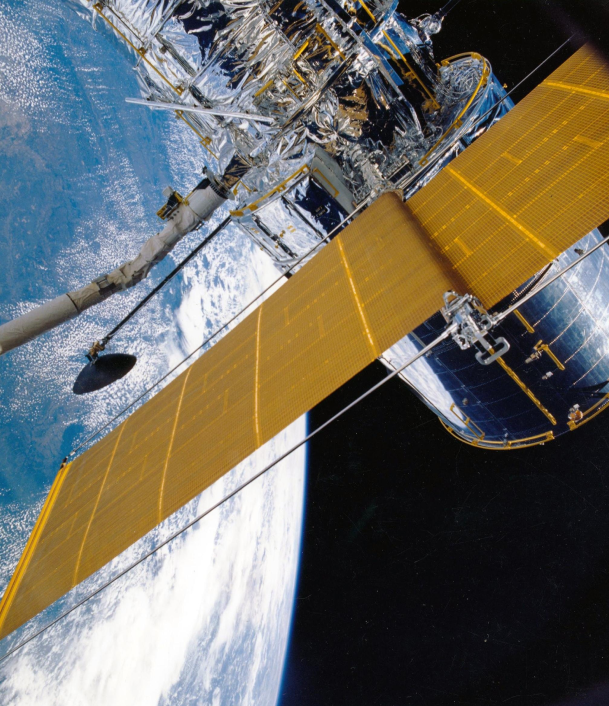
In Chapter 3, we learned that trapped ions can be a source of particles for a quantum computer, but also can be used as atomic clocks as they have several properties that make them suitable for this application. One of the main advantages of using trapped ions as atomic clocks is that the energy levels of ions are highly stable and can be used as a reference for time measurement. This is because the energy levels of ions are determined by their electronic and nuclear structure, which is relatively insensitive to external perturbations such as temperature, pressure, and magnetic fields. Recently, scientists have been trying to create a quantum sensor that is essentially an atomic clock with the feature of entanglement to determine and improve the accuracy of atomic clocks. By creating a new generation of atomic clocks using these quantum sensors, scientists can improve navigational systems to detect subtle gravitational waves or even detect gravity on its smallest scale, possibly reconciling quantum mechanics and gravity.
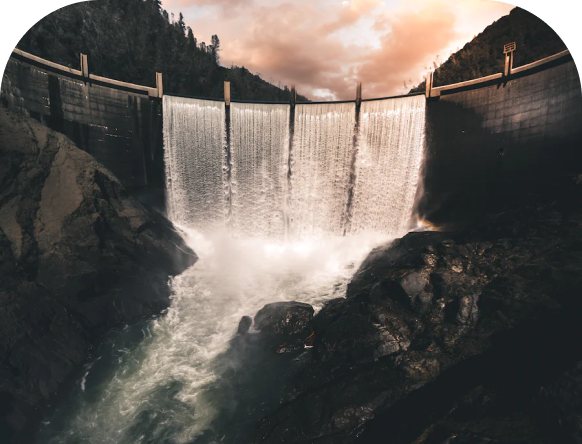

SECTION 5
Quantum technologies have great potential in the field of energy exploration. Two future mission-critical technologies will be featured here: the quantum gradiometer and quantum LIDAR.
Gradiometers measure the gradient of the gravitational field strength at a particular location. The gravitational field strength is the value of g (gravitational acceleration) at a point in space. On earth, we know the value of g to be approximately 9.81 meters per second, but this can change from place to place. As one goes higher up in altitude, the value of g generally decreases, and when one is near a massive object (say, a mountain), the value of g is higher since mass generates gravity. Measuring the gradient of g is just another way of measuring changes in nearby mass density, without having to calibrate the sensor to know the absolute value of g at that location.
Gradiometers built using quantum mechanical principles (Quantum gradiometers) are precise enough to detect subterranean tunnels, since there will be a small change in the gradient of g. Conventional measurements of gravity cannot be done as precisely, and are therefore less useful at spotting these hidden underground features.
Quantum gradiometers work on the operating principle of an atom interferometer. Trapped and cooled atoms are allowed to free fall in a (portable) vacuum chamber, where one-half of the atom population takes one route, and the other takes another route. The tiny differences in gravity experienced by these two atom populations result in the atomic wavefunctions obtaining slightly different phases so that when the atoms are recombined, there is interference depending on the difference in phase (just like waves in water which can reinforce or cancel each other out). This phase difference is used to determine the gravitational gradient. Recent efforts by research groups and startups have compiled this system into one portable unit.
The highly sensitive nature of quantum gradiometers makes them ideal for a variety of tasks, especially in the natural resource exploration sector where prior verification of the locations of underground mineral deposits, for example, greatly reduces uncertainty in mining yield.
A similar quantum improvement comes to the LIDAR sensor, which is the light-powered version of radar. LIDAR uses the signals received from light bouncing off objects to generate 3-dimensional information about the object or surroundings (unlike a photo which only has 2 dimensions). Quantum LIDAR takes this one step further by increasing accuracy to unprecedented levels. Single-photon quantum LIDAR systems being developed for commercial use can detect small gas molecules underwater to facilitate oil discovery, or detect gas leaks in industrial plants.
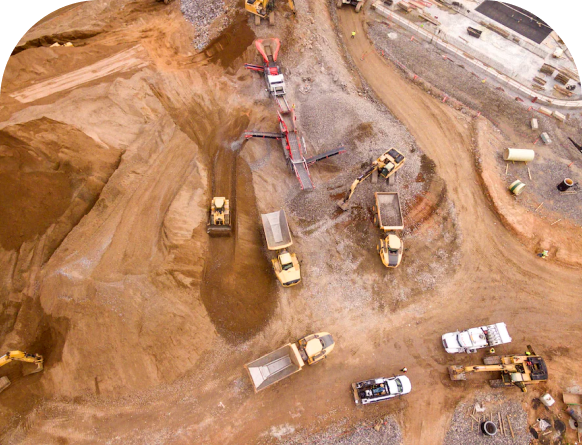

One of our team will be in touch to learn more about your requirements, and provide pricing and access options.